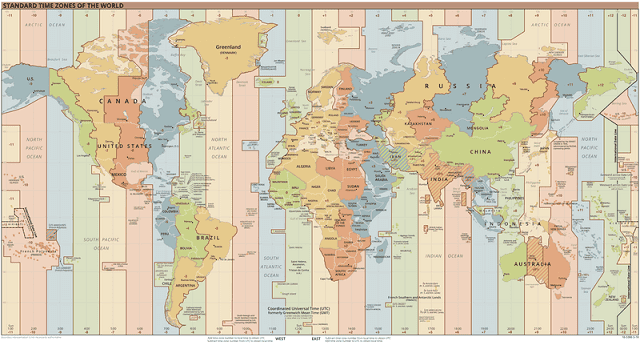The days and nights
As you know, the movement of the Earth's rotation consists of the Earth rotating around its axis. The turn is from west to east, counterclockwise . So apparently the Sun rises in the east and sets in the west.
The axis of rotation of the Earth is not vertical, but has an inclination of 23.5º, so that the Earth rotates inclined.
The day has an average length of 23 hours, 56 minutes and 4 seconds. Therefore, every almost 24 hours, a specific point on the Earth's surface is in the same position with respect to the Sun, and it is said that a day has passed.
The rotational movement of the Earth revolving around the Sun is what causes different areas of the Earth to light up, which produces the alternation between day and night. In the part that is oriented towards the Sun, it will be day, while on the opposite side it will be night.
